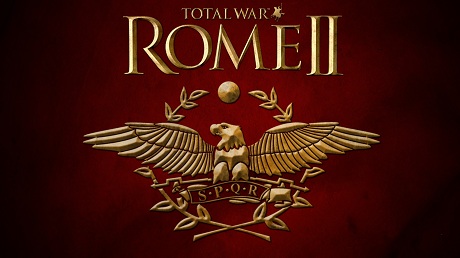Missile Trireme - Auxiliary Archers
A large contingent of archers can make short work of enemy crews.The step from hunting to archery is not a difficult one.
Of all the warships found in the ancient world, it is the trireme, or trieres, that remains the most famous and recognisable. Nearly all Hollywood 'sword and sandal' movies will include a trireme somewhere. The vessel was entirely designed for war. Its name came from the three rows of oars carried on each side, stacked above each other in staggered columns to give the rowers some room to work. The top row of oars pivoted on a rowlock, or oarlock, mounted on an outrigger projecting from the hull. This allowed the top oars to pitch down at a sharper angle to reach the sea without getting tangled in the lower ones. The trireme was a greyhound of a ship, capable of high-speed dashes with a well-trained crew and, contrary to popular belief, not all rowers were slaves. Aboard Greek vessels they were citizens, and were given respect, not the lash. They were also largely fair-weather ships, and unsuited to rough seas such as the Atlantic; the lowest level of oars were, at most, less than half a metre above the waterline. That, however, did not stop the trireme being a superb weapon against other ships: a high-speed ramming attack could rip a hole in the side of almost any target. The type was also large enough to be used in other ways, which lead to it carrying archers and assorted light artillery pieces.
(Auxiliary Archers)
The auxilia incorporated all standing non-citizen military units of the Imperial Roman army during the Principate era, containing roughly the same numbers of infantry as the Legions as well as more specialised troops, such as light cavalry and archers. Auxiliary regiments were stationed in the lands where they were originally recruited in order to boost the process of Romanisation and for security. In the mid to late 3rd century AD Roman armies suffered a deadly combination of military disasters and plague. The recruitment deficiency caused by this crisis led to the conscription of barbarians as auxiliaries to a much greater extent than before. As the auxiliary warriors were not civilised Romans, they were paid one third the pay of a citizen legionary.
Unit Name Missile Trireme - Auxiliary Archers |
Main Unit Key 3c_Rom_Missile_Trireme |
Land Unit Key 3c_Aux_Archers |
Naval Unit Key 3c_roman_three |
Soldiers 80 |
Category Medium Ship |
Class Missile Ship |
Custom Battle Cost 430 |
Recruitment Cost 430 |
Upkeep Cost 85 |
Missile Damage 35 |
├ Missile Weapon rome_bow |
├ Projectile arrow_normal |
├ Missile Damage 31 |
├ Missile Ap Damage 4 |
└ Base Reload Time 12 |
Accuracy 5 |
Range 125 |
Reload 13 |
Shots Per Minute 6 |
Ammunition 15 |
Ship Health 693 |
└ Ship roman_three |
Ship Speed 6 |
Melee Attack 8 |
Weapon Damage 24 |
├ Melee Weapon rome_shortsword |
├ Melee Damage Base 20 |
├ Melee Damage Ap 4 |
├ Armour Piercing No |
├ Bonus vs. Large 0 |
├ Bonus vs Elephants 0 |
└ Bonus vs Infantry 0 |
Charge Bonus 3 |
Melee Defence 12 |
├ Base Defence 12 |
├ Shield none |
└ Shield Defence 0 |
Armour 10 |
├ Armour cloth |
├ Armour Defence 10 |
└ Shield Armour 0 |
Health 45 |
├ Man Entity rome_infantry_very_light |
├ Man Health 40 |
└ Bonus Hit Points 5 |
Base Morale 25 |
Abilities
Missile Trireme- Row Hard 10
Increases speed for 10 strokes.
Ship speed
Attributes
- Resistant to Fatigue
Fatigue has less of an effect on this unit. - Hide (scrub & forest)
This unit can hide in scrub and forest until enemy units get too close.
Strengths & Weaknesses
Missile Trireme- Poor hull strength
- Light crew
- Fast speed
- Weak ramming
- Poor boarding
- Average missile combat
- Long range
- Average rate of fire
- Good damage but low armour penetration
- Very weak in melee
- Very poor morale


 Français
Français Italiano
Italiano Deutsch
Deutsch Español
Español Русский
Русский Čeština
Čeština Polski
Polski Türkçe
Türkçe 简体中文
简体中文 正體中文
正體中文 日本語
日本語
